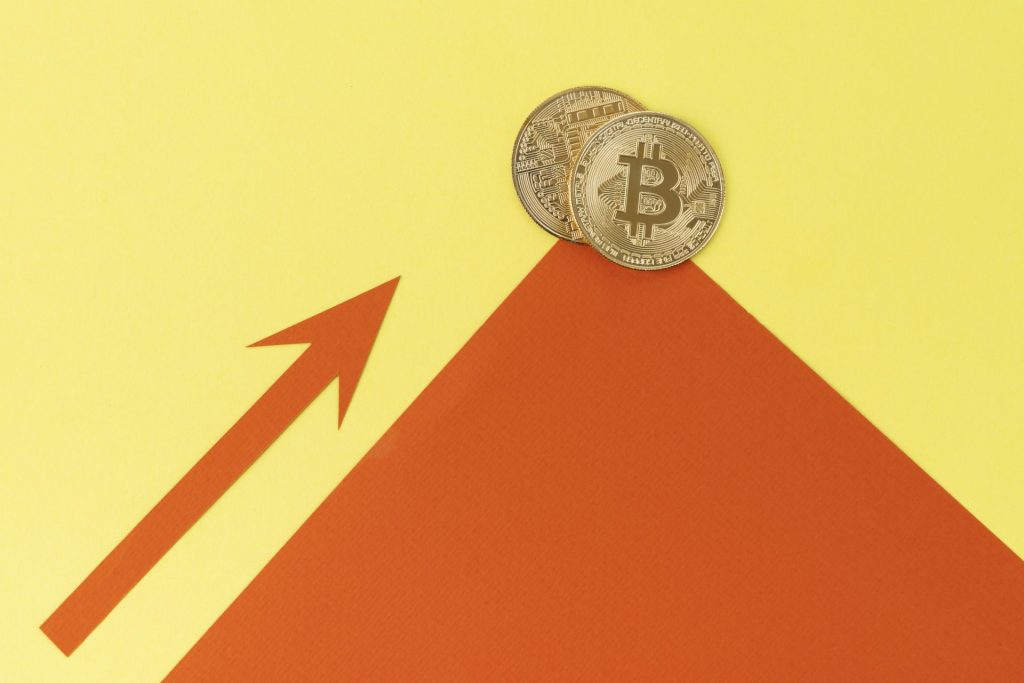
What Is Hash Rate? Understanding the Backbone of Crypto Mining
Hash rate is the speed at which a computer can guess solutions to a cryptographic puzzle. In blockchain networks like Bitcoin, miners solve these puzzles to validate transactions and secure the network. The hash rate shows how many guesses or calculations are made every second. You’ll see it measured in units like hashes per second, kilohashes, megahashes, up to exahashes.
This measurement matters because it reflects the overall strength and security of a blockchain. The more computational power backing the network, the harder it becomes for anyone to tamper with it. It also shows how many miners are working on the network and how confident they are in its future.
Why Hash Rate Is So Important
Hash rate is tied directly to mining and security. Every time the network grows, the system increases the mining difficulty to make sure blocks are still mined on schedule. A higher hash rate usually means more miners are active and competing to earn block rewards. That added security makes it difficult for bad actors to take over the network.
It’s also a health check. If the hash rate is climbing, it signals that miners are optimistic about the coin’s value and long-term use. When it drops, it can show concern about energy costs, falling prices, or stricter regulations.
How Mining and Hash Rate Work Together
In proof of work systems like Bitcoin, mining involves solving complex math problems. Miners use powerful machines to race for the right answer. The faster the machines, the more guesses they can make, which means a higher hash rate.
If more miners join the network and the hash rate rises, the protocol makes the puzzles harder to keep block times consistent. In Bitcoin, this adjustment happens about every two weeks. This balancing act ensures that blocks are mined roughly every 10 minutes no matter how many people are mining.
What Affects Hash Rate?
Several factors play into how high or low the hash rate goes. Hardware matters most. Specialized machines called ASICs are much faster than regular GPUs or CPUs. The cost of electricity is another key factor since mining uses a lot of power. If energy prices go up, some miners may unplug their rigs.
Other things like the coin’s market price, how efficient mining software is, and how much competition exists across the network also influence the rate. When a coin is doing well, more miners join in, pushing the rate higher.
Hash Rate and Difficulty Adjustments
To keep things stable, networks like Bitcoin adjust their mining difficulty. This happens every time a set number of blocks are mined. If miners are solving blocks too quickly, the system makes the puzzles harder. If they are too slow, the difficulty drops. This helps maintain a predictable pace and supports the long-term health of the network.